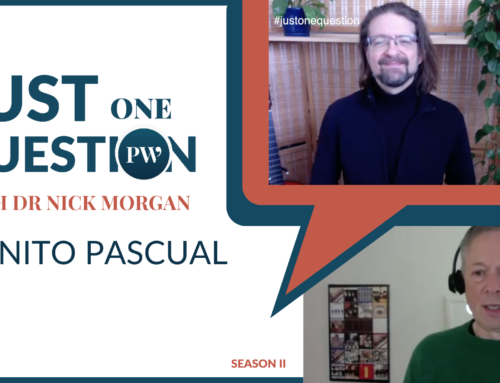I’m going to write a few blogs on storytelling, because it’s so often talked about and so rarely gotten right. Most of the time, when people talk about storytelling, they talk about the details — being vivid, concrete, and specific — as if that were all there was to it.
The gun she was holding was still smoking slightly from the barrel, and her hand didn’t quite close around it, as if she was reluctant to grasp it, and reluctant to let go.
Is that sentence interesting because of the detail? Partly, but it’s also interesting because of the gun, obviously just fired (who got shot?), and the emotion hinted at in the reluctance passage.
The point is that there is a lot to telling a story beyond detail.
And too much detail can kill a story:
It was last Tuesday, I remember because it was bowling night, and I was wearing my bowling shoes — the ones with the purple laces so I can find them in a crowd of bowling shoes — when I was driving to the Lanes.
I guarantee you’re not interested in hearing more of that one. Am I right?
So the first lesson in storytelling is that detail does matter, but only if it’s important to forwarding the story. Detail isn’t inherently interesting.
And the second lesson in storytelling is that the stakes (for the characters) have to be high enough to hold our interest. E. F. Benson built a whole mock epic around two people who lived in a tiny English town where nothing ever happened — and everything. The battles royale over who was invited to what party and the decisions to snub so and so — all of this becomes fascinating because it’s so important to the characters involved.
The third lesson is, when in doubt, add a gun. That almost always ratchets up the fascination.
Next time I’ll talk about structure.








Leave A Comment